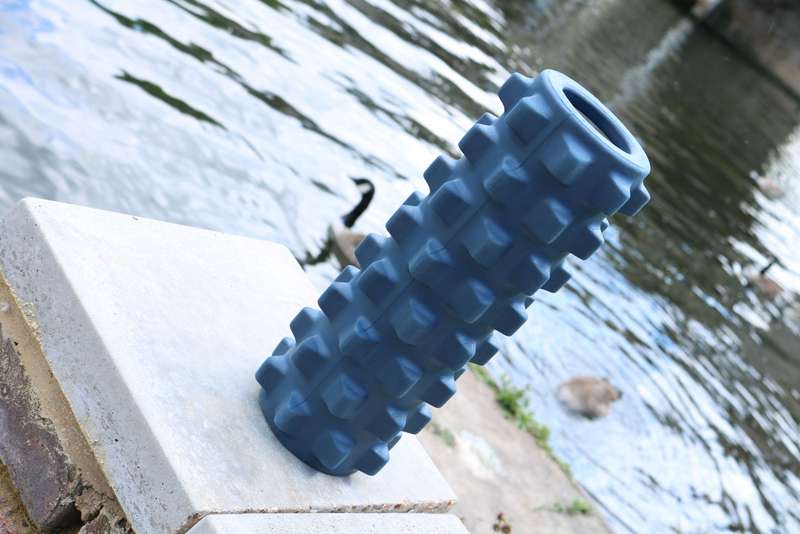You’ve smashed an intense workout and now you’re one step closer to reaching your fitness goal... However, you’re faced with a slight problem.
Your body is crippled by aches and pains.
Sound familiar? Fear not. We’ve got just the solution.
Why and how to use a foam roller
For many of us, stretching isn’t quite enough to ease our tight, sore muscles.
So, that’s where foam rolling comes in. Foam rolling allows us to apply pressure to our muscles, helping to resume normal blood flow and remove lactic acid – essentially this means that we’re able to aid recovery and ease soreness.
Think of it as an alternative to getting a deep tissue massage. WARNING: deep tissue massages are often uncomfortable, so be wary that this may cause a little discomfort.
If you’re a bit confused about how to use a foam roller, you’re not alone. They remain a mystery to many of us gym-goers, but that needn’t be the case. Here are a few examples:
Quads
Firstly, lie face down on the floor with your elbows in a plank position. Next, position the foam roller just below the hips. Once you’re in a stable position, slowly move the roller down to the area just above the knee. Once there, slowly roll it back up and repeat several times. Note: the more body weight you transfer to your elbows, the less pressure will be applied to your quads.
Once you’ve focused on the front of your thigh, shift your attention the outer thigh. To do this, lie on your right-hand side with the foam roller placed underneath your hip. Place you right elbow on the floor, and using your core to balance, slowly roll it down to the area just above the knee. After 30 seconds or so, repeat the process on the left side.
 Using a foam rumble roller (pictured) can be quite painful, but is great for breaking down stiff muscles.
Using a foam rumble roller (pictured) can be quite painful, but is great for breaking down stiff muscles.Calves
Firstly, sit down comfortably, placing your hands on the floor in line with your shoulders. Position the foam roller at the base of your right leg, before crossing your left ankle over the top. Now, lift your hips off the ground and roll from the base of the leg through to the top of the calf. Move slowly back and forth for around thirty seconds. Repeat the process with the left leg placed on the roller.
Note: if you find an area that feels particularly sensitive, linger on it for a little bit longer, rolling back and forth until the pain begins to ease. Also, remember that you should never roll on a joint or bone – just focus solely on muscles.
So, there you have it. Go and grab yourself a foam roller and you’ll be speeding up recovery, preventing injury and improving your mobility… it’s a no-brainer, really.